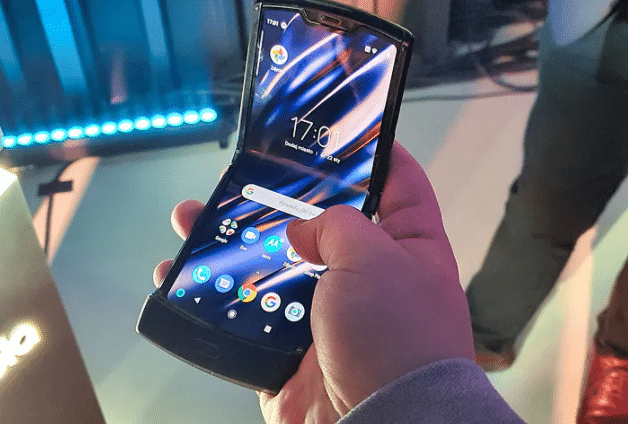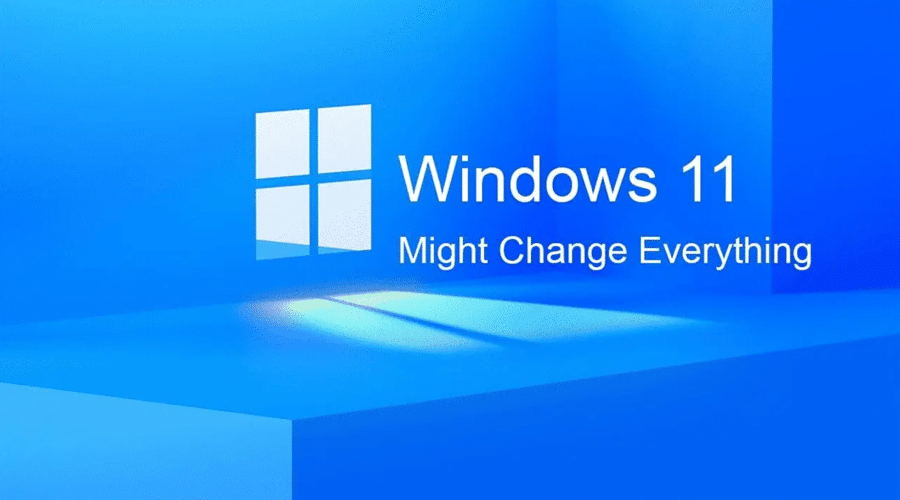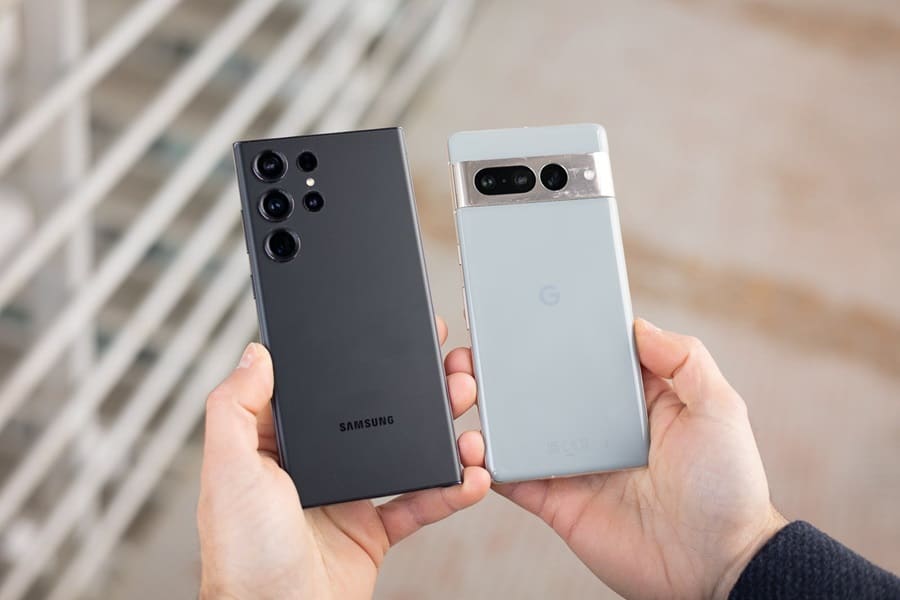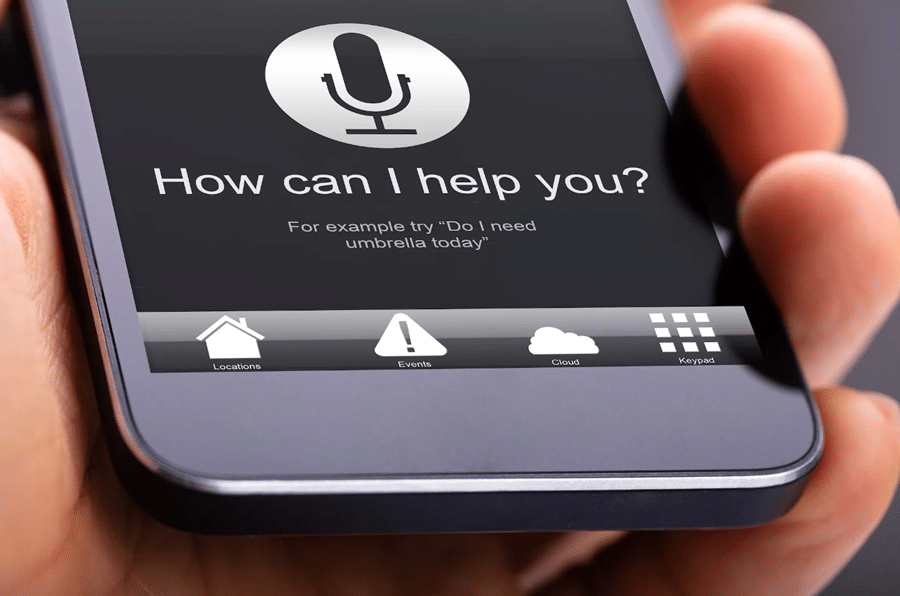The fifth generation of wireless technology, 5G, is set to revolutionize the world as we know it. This new standard for mobile networks will provide download speeds up to 100 times faster than what we have today. A download speed of up to 100 times faster will make streaming movies and music a breeze, but it will also enable new applications and technologies that have never been possible before. In this blog post, we will discuss the rise of 5G and what it means for the future of Industry!
Contents
Manufacturing

5G is the next generation of mobile technology, and it has the potential to revolutionize manufacturing. With 5G, factories will be able to communicate with each other in real-time, share data, and coordinate complex production processes. In addition, 5G will enable new technologies such as Augmented Reality and robotics used in manufacturing. Enabling new technologies will allow for unprecedented efficiency and flexibility in production. As a result, 5G will significantly impact manufacturing, making it more efficient and effective.
Healthcare

The healthcare industry is another area where the rise of 5G will transform. With faster download speeds and low latency, hospitals will be able to transmit data between patients and doctors in real-time. Transmitting data in real-time will allow doctors to treat patients, saving time and money remotely. In addition, with the advent of new technologies such as Augmented Reality, doctors will be able to see inside the human body in a whole new way. Seeing inside the human body in a new way will allow for faster, more accurate diagnoses and treatments.
Telecommunications

The telecommunications industry is also set to benefit from the rise of new applications and technologies that have never been possible before. For example, with faster download speeds and low latency, telecom companies will be able to transmit data between customers and providers in real-time. Transmitting data in real-time will allow customers to get instant support for their issues and for providers to offer new services that were not previously feasible.
In addition, with the advent of new technologies such as Augmented Reality, telecom companies will be able to provide a more immersive customer experience. As a result, the telecommunications industry will transform by the rise of 5g.
Education

With the popularity of remote learning resulting from this epidemic, many students are doing classes online, from live streaming to working on group projects. 5G promises to make learning more seamless, efficient, and fun in real-time applications like these. It may also aid in creating immersive instructional experiences that you can access on mobile devices.
The growth in remote learning has already driven the adoption of technologies like artificial intelligence (AI) for everything from individualized course planning to preventing cheating at home. These tools will operate more effectively and efficiently due to 5G’s bandwidth and latency gains.
5G offers educators the opportunity to use these technologies for more innovative educational methods. For example, 5G might enable students to take immersive virtual “field trips” using VR headsets, for example, by providing an enormous amount of data required for such excursions – think about exploring pyramids in Egypt or the Great Wall of China with VR headsets. This method could also teach students how microscopic ecosystems work or help them visualize colossal cosmic structures like galaxies.
Supply Chain Management

The potential of 5G technology to revolutionize virtually every aspect of the supply chain becomes apparent when one considers that it’s in conjunction with digital communications to improve efficiency dramatically. For example, in a warehouse, 5G-connected devices linked with sensors can assist in faster communication, gathering more essential data, and quicker repairs due to improved information sharing.
Tracking and tracing shipment packaging or components in real-time is one potential use of 5G technology in the supply chain. More bandwidth, connected sensors, and faster internet speeds might enable businesses to keep track of individual shipments. 5G-enabled IoT sensors may quickly provide a significant amount of data in real-time to stakeholders in the supply chain. The data may include latitude, temperature, humidity, pressure, and other important information in maintaining a supply chain’s products correctly, especially with delicate materials such as vaccines.
Marketing And Advertising

Simply put, hyper-convergence is less expensive and easily handled than conventional data center configurations. In addition, because of the rapid speeds at which data travels through Ethernet connections, web pages and other types of content will load significantly faster, allowing consumers to see advertising. As more of the world spends time online — whether surfing the web, watching movies, or playing games — there will be many new ways for advertisers to connect with these customers.
Intel’s global mobile display advertising market will hit $178 billion by 2028. 5G might help businesses overcome the scale, delivery, and measurement challenges they confront with mobile ad campaigns right now. 5G might assist in moving from banner-based advertising to moving pictures and video. In addition, it has the potential to produce new ad formats in VR and AR, where users may explore a trip location virtually instead of simply seeing it on a computer monitor.
Transportation

5G wireless technology may significantly impact how people and items move around the world by allowing for the connection of public and private vehicles. 5G technology might give users greater insight and control over transportation systems, including public buses and private logistics fleets.
As 5G networks become increasingly popular, cities will have more options for getting real-time, end-to-end insight into their transportation systems. For example, cities may utilize real-time route planning based on traffic or weather conditions using 5G. Public transportation employees could use IoT sensors to keep track of the condition of trains and other vehicles.
Gaming

In gaming, milliseconds of delay matter. 5G can reduce nuisances like lag — the time it takes for a player’s command to reflect in the game — allowing for more exciting games. Excellent streaming quality and low latency and ever-more immersive experiences such as real-time action simulations that react more quickly, life-like audio, sophisticated haptic feedback, and more will benefit from the flawless streaming quality and low latency.
The use of 5G wireless networks would also aid in the remediation of latency issues that cloud-based gaming services now confront. The feedback would be immediate, as the delay on 4G LTE drops from 10 milliseconds to 1-2 milliseconds. Those playing complicated online games like Fortnite on their phones or 5G laptop computers would benefit significantly from this technology.
Big businesses are already taking the gaming-as-a-service trend. For example, Microsoft’s Project xCloud will allow you to play Xbox games on PCs, consoles, and mobile devices. Meanwhile, Google’s Stadia will enable gamers to play video games from their Chrome browser.
Conclusion
In summary, the rise of fifth-generation wireless technology, or “fifth-gen” for short, is something to keep an eye on. This new wave of technology will bring about changes in several industries, from healthcare to manufacturing. Companies that can capitalize on the fifth-gen’s opportunities will be well-positioned for the future.


